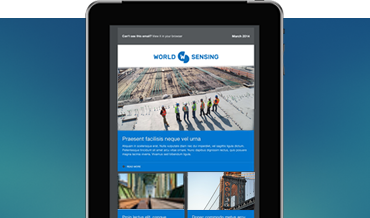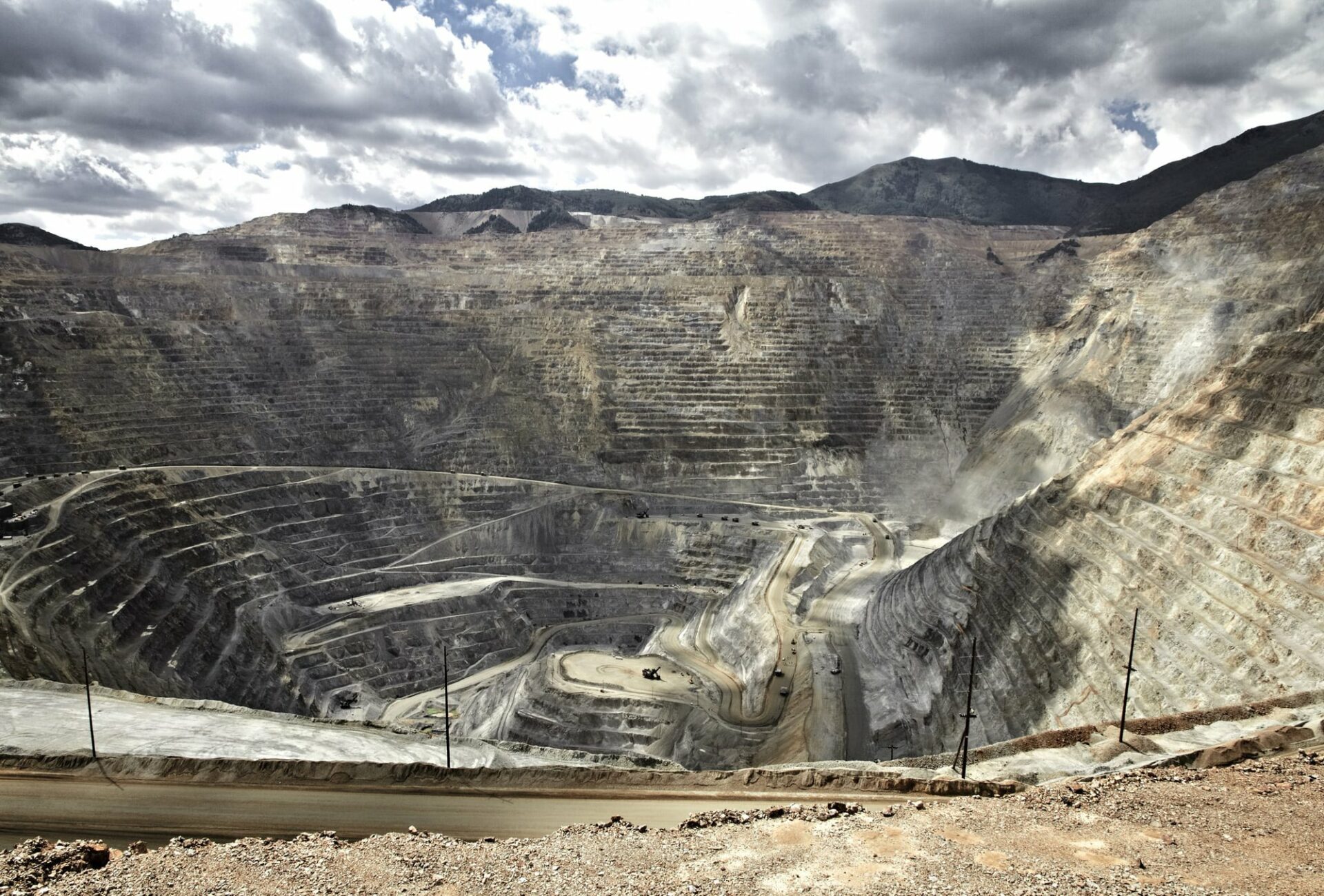IoT remote monitoring of open-pit mines: all your queries answered
Internet of Things (IoT)-based monitoring is increasingly carried out in mining environments such as tailings dams. But the principles apply just as well to open-pit mines, audiences heard during a webinar hosted by Worldsensing, featuring the company’s North American monitoring experts Kelsey Kidd and Blaine Tait plus Head of Instrumentation and Monitoring and expert in IoT remote monitoring Juan Pérez Arcas.
For those who attended the session—or are interested in listening again and finding out more—this blog covers the answers to the questions posed during the event.
Questions
What are the use cases for open cast mining?
Can you integrate additional sensors into your platform?
What sensors may have helped avoid recent tailings dam failures?
Can you operate on a private network? Does your solution comply with most security protocols?
Can low temperatures affect the battery life?
How many sensors would the Aitik mine in Sweden use?
Do you supply environmental monitoring, such as the noise and dust on sites as well?
What are the use cases for open cast mining?
Blaine Tait: In a lot of the usages in North America and globally, the site we talked about in Nevada is quite analogous to what you’re going to run into. Open a deep enough hole and pretty much anywhere you’re going to have water trying to infiltrate, plus pore pressure on the insides. You’re going to need to monitor other things on property and you’re going to need service operations to cover a large distance.
Can you integrate additional sensors into your platform?
Juan Pérez: We are compatible with different sensor interfaces—not only vibrating wire sensors but also current loop, potentiometers, full wheatstone bridge or thermistors. There are different analog interfaces that are compatible with our wireless data loggers. In addition, with the digital logger there is a list of all the compatible sensors on our datasheet. If you are using digital sensors that are not integrated yet, we are always open to integration. We have a development team that is working with new integrations.
If it’s an RS45 digital sensor and it makes sense considering your monitoring needs, we can evaluate and integrate. We are continuously evolving our portfolio to try to cover all your monitoring needs and to provide connectivity to all the sensors that are collecting the usual information for slope stability.
What sensors may have helped avoid recent tailings dam failures?
Blaine Tait: No amount of sensors is going to avoid failure if we have a poorly designed dam or other things that indicate failure aren’t avoided. However, it helps to have a good monitoring solution like ours, that could cover a large area like a dam, along with vibrating wire sensors, which are ubiquitous in tailings dam monitoring, and some slope stability instrumentation.
This could be key in early detection of a design that needs to be altered or fixes that need to be put in place. The more detailed and larger the monitoring program, the earlier we can detect these failures.
Juan Pérez: The most important need is the proper design and construction of the tailings dam. Instruments or monitoring will not help you to avoid collapse. Typically, there are precursor movements or parameters that are not within the expected range. Pore-water pressure or lateral movements can be detected in advance and enable remedial actions.
The monitoring program is an important part of tailings dam design and throughout the lifecycle of the dam, the same as with an open-pit slope. Particularly for tailings dams or other embankment dams, our Event Detection Solution can be used for early warning purposes. It will not avoid the event but can detect any instability as fast as possible.
Can you operate on a private network? Does your solution comply with most security protocols?
Juan Pérez: The Worldsensing monitoring solution has two architectures, CMT Edge and CMT Cloud. With CMT Edge, the software is embedded in the gateway, and everything can be managed offline. The edge gateway can be installed on your private LAN and internet connectivity is not necessary to access the data. It is possible to configure an IP address on the gateway and everything will be within your private network.
In terms of security protocols, with our system the user can change the remote access password and all radio messages are encrypted. There are different layers of security. We are also working on improving our security as the different technologies evolve.
Blaine Tait: The most common option in North America is just to keep everything firewalled in. We’ve been operating like that in the Nevada mine for six years with no detriment. The system works autonomously, disconnected from the cloud, just fine.
Can low temperatures affect the battery life?
Juan Pérez: Environmental conditions can affect the battery life. However, the primary lithium batteries that are used to power our wireless edge devices have a very good performance in low temperature climates. Typically, we work with Saft, a well-known manufacturer of batteries, to estimate battery life according to their mathematical models. Normally they consider three climates: warm, moderate and cold. For Saft LSH14 batteries, the best battery life is in low-temperature climates.
Sometimes, it can be confusing if you compare this with a solar kit system since the batteries are negatively affected by low temperatures. These lithium batteries have a very good performance in low temperatures, even better than in warm temperatures. In terms of the electronics of our edge devices, all the components are ready to operate from -40 degrees to 80 degrees Celsius.
How many sensors would the Aitik mine in Sweden use?
Juan Pérez: In the beginning there were close to 100 or more piezometers around the pit. This monitoring program has been extended and now our devices are also in other parts of the mine and the tailings dam. New sensors have also been connected in the open pit.
Do you supply environmental monitoring, such as the noise and dust on sites as well?
Blaine Tait: Usually, dust and environmental parameters require continuous data streams as opposed to discrete messages like our network is suited for. Other than that, these things require people to go to the field and take samples that they can take back at the lab. But I have discussed with different sensor manufacturers, including one in Canada, where we would be able to take the RS45 input prompt and basically sample points in time.
Juan Pérez: There are already some dust sensors with outputs compatible with our system. With noise, at this point, we are not compatible with noise measurements. Typically with noise you need more dynamic measurements and some edge processing. Dynamic measurement of noise, and particularly vibrations, it is one of the points we want to explore in future.

